Invest
Investments in
our People and Environment
to Develop
Unique Performers




Diverse Talents
Forming teams that let each individual bring one's best self to generate new value.
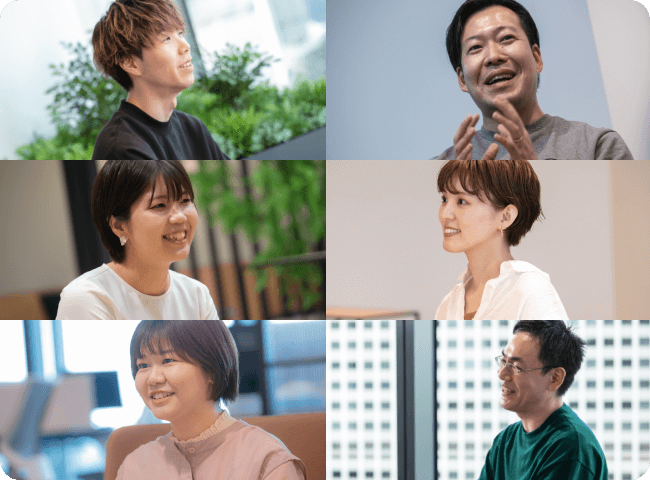
As kaonavi welcomes diverse human resources, the value that we
prioritize is respect for individuality.
The growth of our business is only possible if employees from
diverse backgrounds are able to demonstrate their abilities
and individuality. kaonavi has developed a system that brings
together employees with unique individualities and lets them
develop their potential.
Onboarding Program
Onboarding begins with a record of work history, skill areas,
interests and special talents, and other information supplied
to “kaonavi” before joining the company.
Once we gain a better understanding of their character, we
support a smooth transition to participation through training
and communication tailored to each individual.
Examples
-

New Employee Introduction at Company-wide Meetings
Employees introduce themselves at an online company-wide meeting. Welcome stickers and messages fill the screen, generating lots of excitement.
-

Extensive Learning Videos
This content is designed to let employees know about kaonavi, the industry, and more. New employees can choose videos and study to gain an early advantage in knowledge.
-
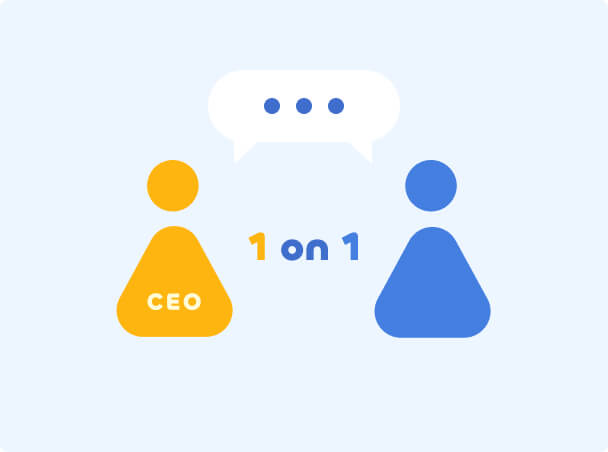
One-on-One with the CEO
This session takes place one month after joining the company. It provides an opportunity for understanding the kaonavi culture through direct conversation with the CEO, such as sharing impressions since joining the company.

We position the time from before an employee joins the
company to three months after joining as the Onboarding
Period and offer support to help employees be their best
selves.
The effectiveness of the program is verified through
questionnaires.
We want employees to feel that the Onboarding Period offers
sufficient support for demonstrating their capabilities at
kaonavi and an experience that raises their expectations for
working at kaonavi, so we keep track of satisfaction levels
for various measures and apply these findings toward
improvements.
Inclusive Working Environment
We take it as a given that our employees have different
genders, nationalities, disabilities, and other
characteristics.
We aim for a workforce that reflects society’s diverse
communities and work to create an environment where all
employees find it easy to work.
-
-
85.2 %
-
26.3 %
-
-
85.2 %
-
26.3 %
At kaonavi, we have worked to foster an organizational
culture that rewards employees regardless of their gender,
and to realize diverse styles of work for all genders.
However, job descriptions, prior work experience, and other
differences exist, which are reflected in management gender
ratios and wage differences.
We will aim to correct the gender gaps in society and work
to achieve a diverse workforce with an awareness of gender
ratios in each job category.
To represent the kaonavi philosophy of respect for diverse
individualities and values in our organization, we believe
it is vital to have employees from a variety of backgrounds,
including nationalities and disabilities, realizing their
potential.
We cannot say that our employment rates of people with
disabilities and people with nationalities other than
Japanese truly reflect the diversity of society, but we have
had employees with disabilities working with us and
producing outstanding results.
We will continue to work proactively toward diverse hiring
and put efforts into fostering a better working environment.


Support for Growth
Full assistance for taking
ownership of your work and
career and constantly taking
on greater challenges.

The purpose of kaonavi’s Support for Growth is to nurture
Unique Performers.
We aim to make it so that these Unique Performers can play an
active role within the company and also utilize their talents
within society.
For these reasons, we provide an environment in which
employees can utilize their own talents and individualities
and achieve personal growth.
Career Path and
Job Grade Programs
Employees can choose between the Management Course and
Specialist Course based on their career aspirations.
Annual salary range is also determined according to seven
Mission Grades defined for each course.
Employees can earn promotions quickly based on their output
and motivation, regardless of their age or years with the
company.

Autonomous Career Development Cycle
Self-understanding is furthered through a cycle of stating
career goals and receiving feedback from others.
This is the kaonavi method for driving career development.

-
WCM (Will/Can/Must) Sheet
A way to reflect on one's current
position and clarify future prospects. -
Cross-Positional One-on-One
In addition to meetings with
supervisors, one-on-one meetings are held with senior executives from other departments. This enables a search for non-consecutive careers. -
Requesting Transfers
This system empowers employees to declare their vision for their career and take on the position they wish to strive for.
-
Side Jobs
This system lets employees gain outside experience that they can apply to their work at kaonavi.
-
We provide transfer opportunities through requests and other programs.
-
20.3 %
Side jobs come in many styles, from those that utilize one's current post to those that are extensions of hobbies.
Some employees have utilized skills gained at side jobs to lead training courses within kaonavi, while some choose to make their side job a main pursuit and move on from the company.
We conduct questionnaires on the status of side jobs and monitor both their positive impacts and hindrance to work as we provide the support that allows employees to pursue side jobs in a well-balanced and effective manner. -
16.4 %
Excessive turnover can impact organizational stability and increase costs.
However, the long-term career development of employees and hiring of new personnel are essential for achieving continuous growth for the company.
Evaluating trends in past turnover rates, organizational status, and other factors, we believe we have maintained a favorable turnover rate.


Around 30% of reasons for leaving the company have been for realizing new goals, which we take as positive.
Around 5% have been for work-life balance reasons, which we judge to be the result of achieving flexibility in working styles.
Unique Performer Training System
Our organization is structured in a way that ensures that every employee is given the autonomy to plan their own career path and is fully supported in their training, development and career goals.
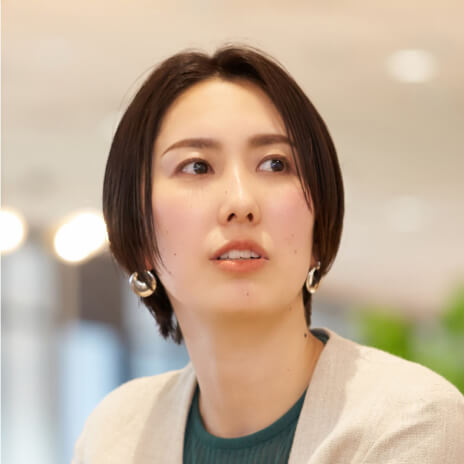
Asumi Mogami
Executive Officer
& COO
Change is part of growth. Training is most effective at those times when there is a significant change in the company's expectations. Training programs are designed to equip people with the skills to identify issues, find solutions and share their insights in working toward behavior change. Training should begin with senior management, the driving force of the organization, and then be rolled out to other levels.
-
Company-led training
The dojo, named after the Japanese term for gymnasium, is where we run mandatory training programs for all employees.
These include sessions designed to promote the logical thinking skills that are central to how we work at kaonavi, as well as management training for those who have recently been promoted. -
Employee-led training
Based on the concept of Edo-era "terakoya" temple schools, where teachers were drawn from the local community, these sessions involve our own employees sharing their knowledge on a specific topic of interest. They provide a wonderful opportunity for us to come together and learn as equals, regardless of rank or department, with topics ranging from the latest technological developments to insights into the world of HR.
-
Group-wide training
These are hands-on training programs typically involving participants drawn from multiple departments. "Gamification" elements are used to stimulate learning, discussion and interaction, as part of our commitment to developing Unique Performers.
-
Engineering training
These sessions bring engineers together to discuss their work in an informal setting,with a view to breaking down barriers and encouraging innovative approaches to development.

-
Introduction to management
This training program covers basic management skills and approaches, and includes presentations from guest lecturers (typically personnel managers from other companies). It's essentially an introductory management course for new managers.
-
Practical skills
Named after the Japanese word "mane" meaning to learn by copying, "Manebi-ba" is a forum for managers and administrators to share their experience and expertise, and explore management and organization issues through discussion and debate.

conducted a year
participants a year
At kaonavi, in addition to company-led training, we are proud to have a long list of optional yet popular and well-attended employee-led "terakoya" sessions.
Additionally, we manage the participants and trainers using "kaonavi" making it possible to visualize the contribution of these training programs and knowledge sharing to our company.


Flexible Work Styles
Location and time,
employees choose
their own ways of working
that maximize
their outcomes.
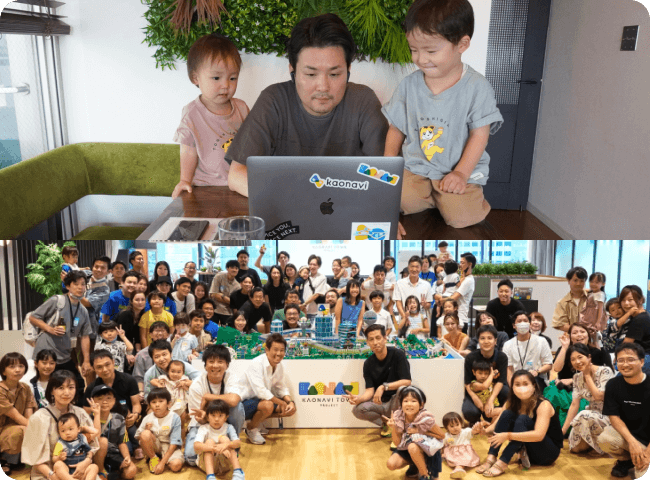
This system enables employees to choose their own working
styles with the objective of increasing productivity.
In keeping with our culture of "Be you, self-direct your
work," employees are free to work in the style that best suits
their needs.
Hybrid Work

Our employees can choose their preferred workplace to
achieve the best performance in the best environment.
More and more employees are using the system to their
advantage. For example, employees who work shorter hours can
combine those with the "switch-work" system, which enables
them to work non-consecutive hours, to create a full-time
schedule.

For reasons that include balancing work with housework and
childcare, avoiding the stress of commuting, and improving
focus, the percentage of employees who choose remote work is
on an increasing trend.
Although our system offers the basic option of remote work,
employees can freely choose between working at the office
and working from home, such as increasing their time at the
office when onboarding a new employee or in other
circumstances when face-to-face communication is desired.
This data shows the average from tabulations of remote work rates for each month (the number of days worked remotely as a percentage of the total number of days worked by all employees in a month).
Flexible Work Schedule

To help employees achieve a good balance between work and life, it allows them to flexibly switch between work hours and break time, for example they can be away from office for two hours to have lunch with their family.
Flextime without core hours

To help employees work autonomously with a high degree of freedom and achieve a better work-life balance, it allows them to set the beginning and the end of their work hours as well as its length (four hours a day or more).
Flextime ± 20 Hours

It allows employees to adjust their prescribed monthly work hours within ± 20 hours. By improving productivity, they can shorten work hours up to 20 hours a month without getting their salary reduced.
Supporting
hybrid working
arrangements
Good communication in hybrid working is a great way to foster team spirit and solidarity while generating new ideas.
Promoting good communication is the key to bringing out the best in people.

Square
(offline working model)
Just as the local town square provides a place for people to gather, Square allows people to come together for the purpose of work, leveraging the benefits of face-to-face interaction in various formats such as the initial kick-off, 1-on-1 meetings, and training sessions.
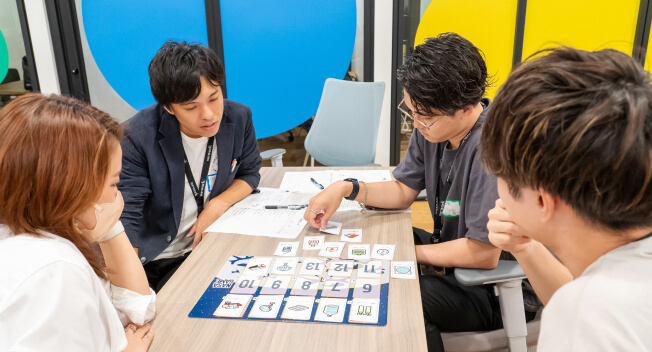

Wakka
(shared interest group model)
The Wakka model supports the formation of informal groupings among people from different areas of the organization.
Wakka allows people of all ages and from different departments to join together to pursue shared interests and passions, leading to collaboration.
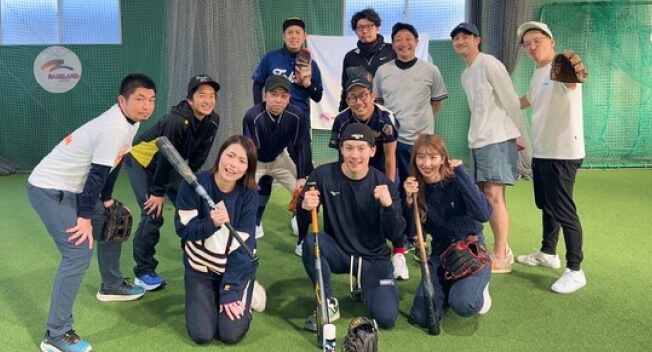
Pit-In
(self-maintenance program)

This program offers counseling sessions with clinical psychologists.
Pit-In represents an opportunity to explore inner thoughts and behaviors and identify pathways for improvement.
The word "pit-in" comes from the world of car racing. It refers to the maintenance pit-stop when the car pulls into the pit to refuel and change the tires. In the same way, Pit-In sessions provide an opportunity for self-maintenance to ensure maximum performance from the individual.
Support for Balancing Work and Childcare
With the aim of increasing women's involvement in the company,
we are establishing a childcare support system and creating a
workplace environment where families can have children and
raise children with peace of mind.
And providing childcare leave for male employees will not only
increase their participation in childcare, but also ease the
childcare burden on their spouses; we are aiming to support
career development of spouses.
Through measures such as sharing the experiences of employees
who took childcare leave and promoting understanding of the
system among their supervisors, we are working to increase
awareness of the system among male employees.


Our workforce at kaonavi has a large number of employees in
the child-rearing generation, and we see many of them
working while balancing their time for duties such as
dropping off and picking up children.
We have also had many male employees take childcare leave as
well as female employees.
Through our systemization approach, which simplifies work so
that others can do it, we believe we have built an
environment that enables workers to take time off.
In the future, we will take an even more proactive stance
toward promoting childcare leave among male employees, and
contribute not only to their participation in childcare, but
also for their spouses to have lower childcare burdens and
better career development opportunities.


Promotion/
Compensation System
To meet the real needs of stakeholders and
deliver better results.
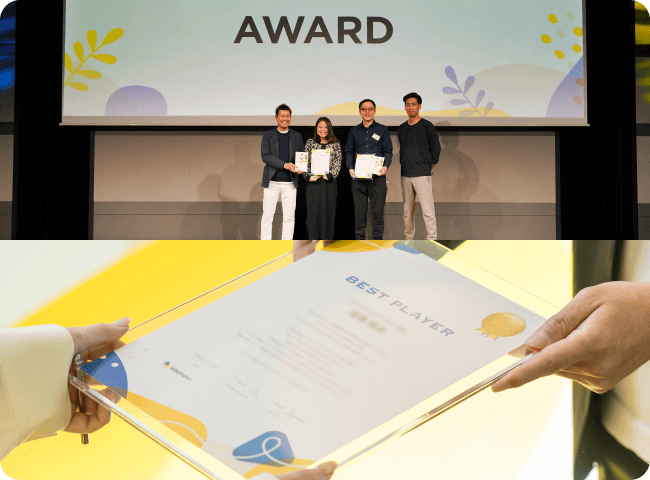
When employees demonstrate growth and results, we reward them
by providing financial incentives as well as positions that
enable further growth.
With this in mind, the employees being evaluated and those
doing the evaluating constantly hold each other accountable
for targets, work to communicate progress on those targets,
and provide feedback where necessary.
Mission Incentive System
This system provides incentives separate from annual salary to employees who achieve outstanding performance toward semiannual mission targets.




Promotion System
In some cases, we have chosen employees for important
positions by encouraging growth through the Support for Growth
system.
Of course, promotion to management positions is offered
regardless of age or gender.
-
For employees who have achieved outstanding performance, we offer support for growth by providing challenging positions regardless of age, so that employees can aim for even greater results.
As a result, many of our employees have been promoted to management positions in their 20s. Regardless, achieving a low average age in management is not among our targets.
We prioritize having an appropriate balance with employees of all age groups participating in management. -
24.2 %
Employees who achieve results are rewarded through financial incentives and supported as they take on even greater challenges.
In some cases, employees have distinguished themselves and earned significant salary increases soon after joining the company.
Along with such indicators, we consider the appropriate distribution of compensation from various perspectives, including annual salary distribution by age and position.
Awards Program
This system presents awards once every six months for Employees, managers, teams, and projects that have excelled at achieving mission goals and put values into practice.
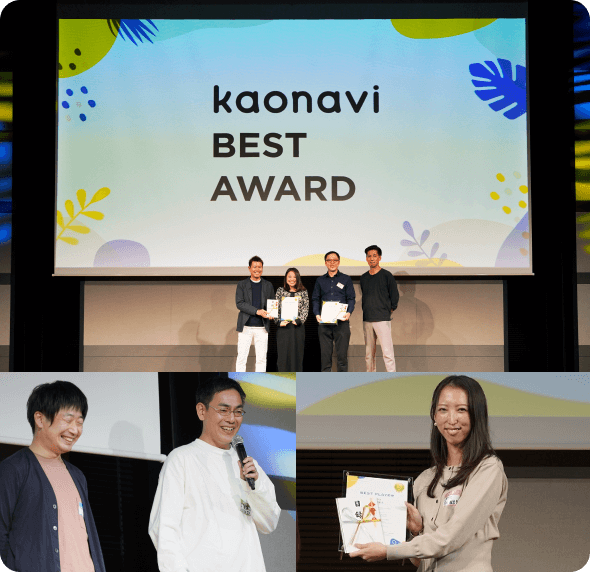
Note: The tabulation periods, targets,
methods, and other details are
listed
in the "See kaonavi by data" PDF.
(Japanese Only)























